Blog
Explore the Power of Lithium Innovation
Stay updated with the latest trends, technologies, and application insights in the world of lithium battery solutions
Search the whole station
Explore the Power of Lithium Innovation
Stay updated with the latest trends, technologies, and application insights in the world of lithium battery solutions
If you’ve ever installed solar garden lights, deck lamps, or tried building a small off-grid solar setup, you’ve probably come across this question —
why do so many lights and energy storage modules use “3.2V LiFePO₄ batteries”?
In this guide, we’ll unpack everything behind that voltage rating — what it means, how it works, its advantages, where it’s used, and what to watch out for when replacing or choosing one.
Let’s start simple: that “3.2V” isn’t random. It represents a specific lithium chemistry — LiFePO₄ (Lithium Iron Phosphate).
Unlike the more common 3.7V lithium-ion batteries (used in laptops or phones), LiFePO₄ cells have a nominal voltage of 3.2V.
They offer slightly lower energy density but far better safety and lifespan.
Here’s how it works:
During the day, the solar panel converts sunlight into DC electricity, which flows through a controller and safely charges the battery.
At night or on cloudy days, the battery discharges its stored energy to power LEDs or an inverter.
That’s the entire “light–charge–store–use” loop.
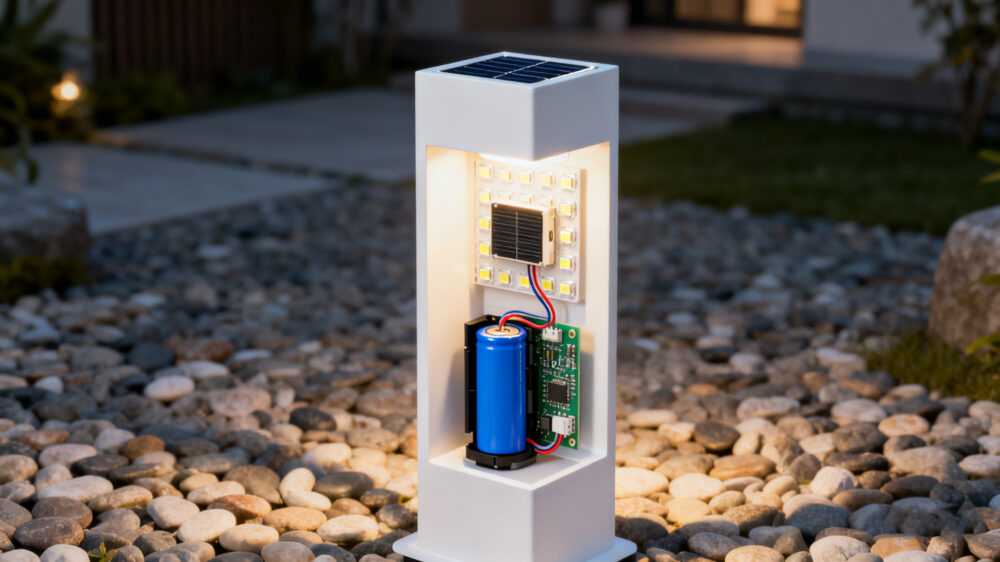
Take a look at the solar lights sold today — almost all post lights, garden lamps, and fence lights use 3.2V batteries, usually AA-size LiFePO₄ cells.
Open up a solar cap light and you’ll almost always find one inside.
There are a few practical reasons:
Perfect voltage match.
LEDs run efficiently around 3V, so 3.2V batteries can drive them directly without complex circuitry.
Safe and stable.
LiFePO₄ has excellent thermal stability — no overheating, no explosion risk. Even under strong sunlight, it’s safe outdoors.
Long lifespan.
They can handle over 2,000 charge cycles — meaning if you charge once per day, they can easily last 5+ years.
Eco-friendly.
No heavy metals, fully recyclable, and environmentally friendly — ideal for outdoor use.
In short, LiFePO₄ is the go-to chemistry for outdoor solar storage — safe, reliable, and cost-effective in the long run.
| Advantages | Drawbacks |
|---|---|
| Very safe and thermally stable | Slightly more expensive than NiMH/NiCd |
| Long cycle life (2000+ cycles) | Performance drops in cold weather |
| Steady discharge voltage | Requires compatible charge controller |
| Eco-friendly and recyclable | Cannot mix with other voltage systems |
Important tip:
If you’re replacing a solar light battery, always check the voltage label.
If the original was 3.2V LiFePO₄ and you accidentally install a 3.7V lithium cell, it can burn the circuit board. Voltage mismatch is the #1 cause of dead solar lights.
On most online marketplaces, you’ll find several 3.2V types, such as:
Most solar lights use 3.2V 14500 LiFePO₄ — basically the AA-size version.
Larger devices like solar cameras or floodlights may use 18500 or 18650 cells.
Prices range from $2 to $6 per piece depending on capacity.
A single 3.2V AA LiFePO₄ cell usually costs around £4, available individually or in replacement kits.
1. Match the voltage.
If it’s 3.2V originally, replace it with the same type — never use 3.7V or 1.2V batteries.
2. Match the size.
AA and 18650 look similar but are completely different in size. Always double-check before ordering.
3. Don’t chase huge capacity.
Solar panels have limited charging power — oversized batteries may never fully charge and degrade faster.
4. Check polarity and contact.
Some battery housings are tight or reversed. Make sure the terminals fit snugly.
5. Mind the temperature.
Extreme cold or heat can affect charge efficiency. You can add light insulation or shading if needed.
For larger setups like solar generators or off-grid storage, pairing the cells with a BMS (Battery Management System) and an inverter ensures optimal safety and efficiency.
Q: Why isn’t the battery charging?
Probably due to dust on the solar panel, a faulty controller, or the battery nearing its end of life.
Q: The light is dim on cold nights — is it broken?
No, that’s normal. LiFePO₄ performance drops in low temperatures.
Q: Do I need to remove it for charging?
Usually not. The solar panel handles charging automatically.
During long cloudy periods, you can use an external charger for backup.
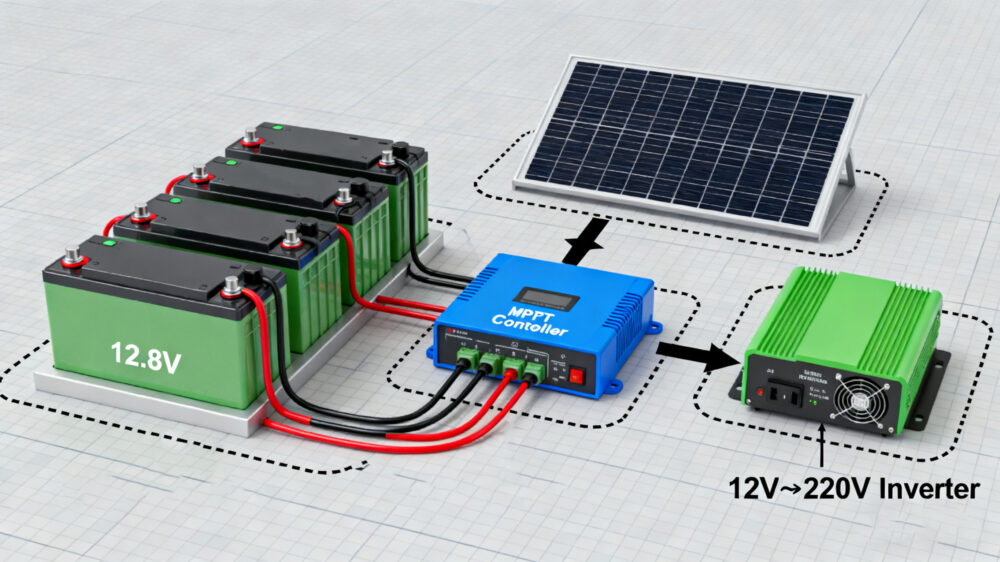
Maintenance tips:
Wipe the solar panel every few months to remove dust.
If the light flickers or doesn’t turn on, it’s likely time to replace the battery.
The 3.2V LiFePO₄ battery has quietly become the standard choice for outdoor solar lighting — it’s safe, durable, eco-friendly, and increasingly affordable.
As long as you follow basic voltage and size matching rules, your solar lights can shine like new again.
For DIY enthusiasts, these batteries can also be combined to form small energy systems.
For example, four 3.2V cells in series make a 12.8V pack — add a controller and inverter, and you’ve got yourself a simple off-grid lighting system.
In short, the 3.2V LiFePO₄ battery isn’t just a cold technical spec — it’s the tiny but crucial part that makes “solar power actually usable.”
That little cell is what decides whether your garden stays bright or dark at night.
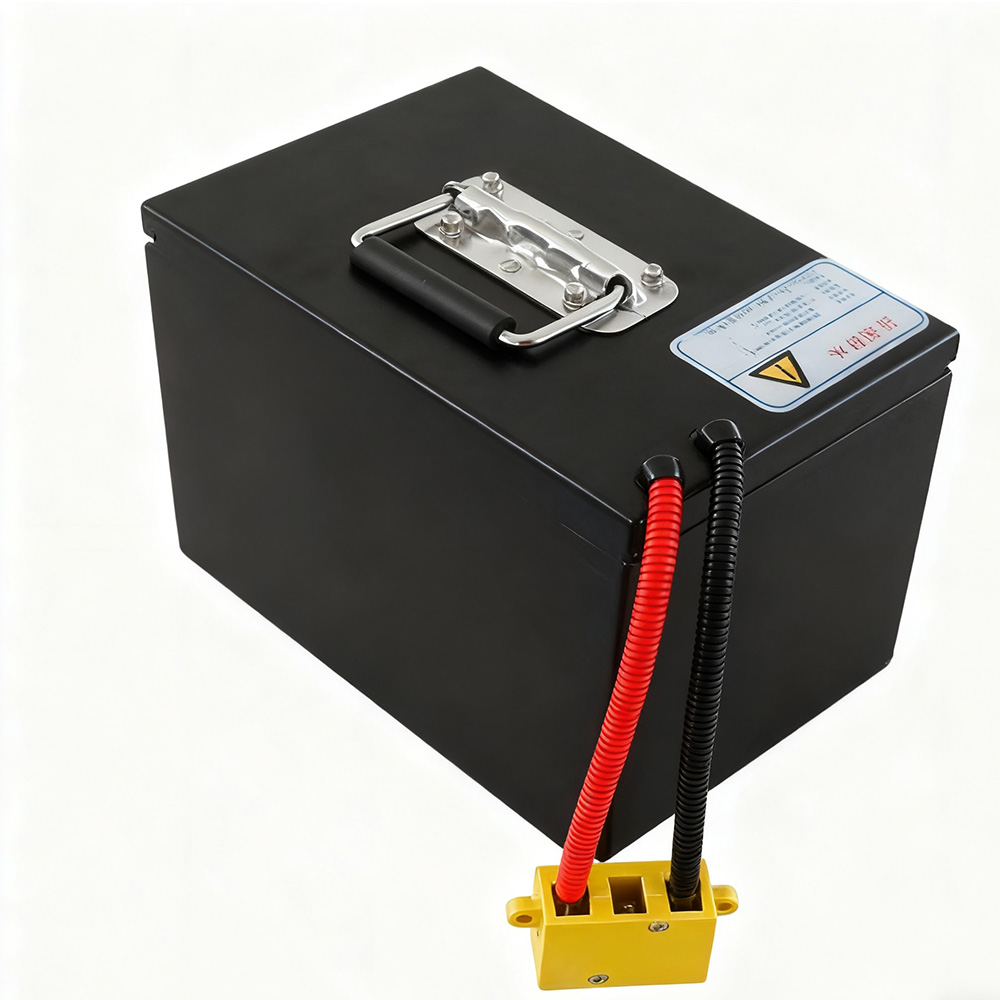
48V LiFePO4 Battery with 46.5Ah–100Ah options. Up to 2000 cycles, wide temperature range (-20°C~60°C), IoT GPS smart features, and 3-year warranty. Perfect for e-bikes, electric vehicles, and home energy storage.
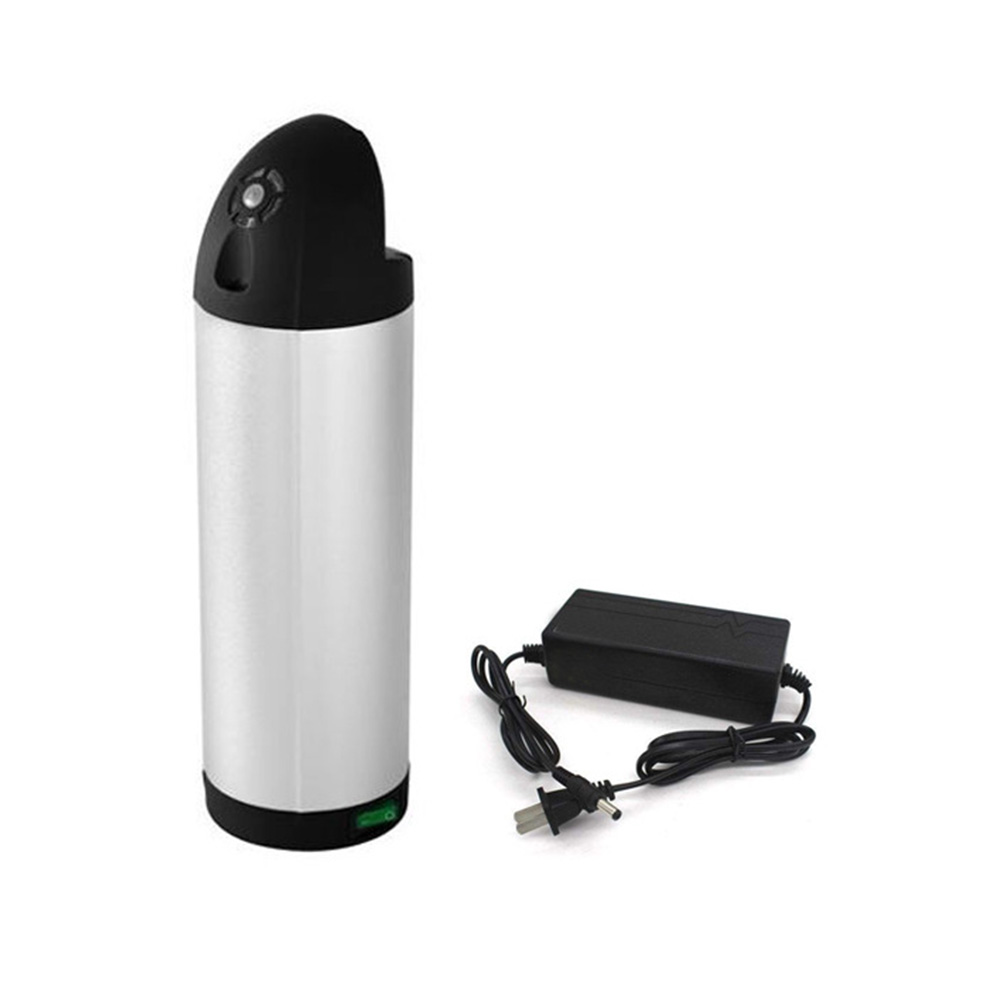
High-performance 36V 10Ah water bottle lithium battery for electric bikes. Lightweight 3.5kg, fast charging in 1.5–2 hours, safe & durable with up to 500 cycles. Ideal for commuting and long rides.
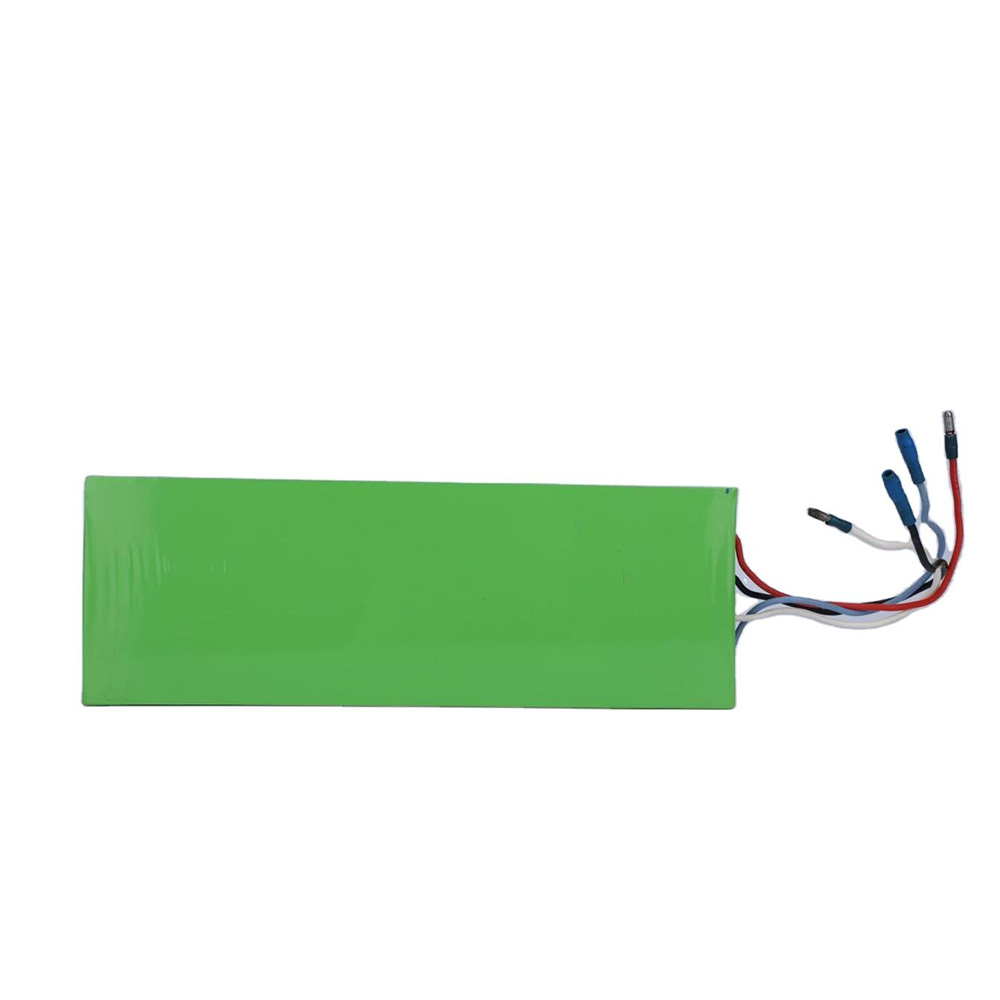
high-performance 18650 Battery 4000mAh, offering stable 24V power and deep cycle support. Perfect for electric scooters, power tools, and energy storage systems. Built-in safety protections ensure long-lasting, reliable performance.
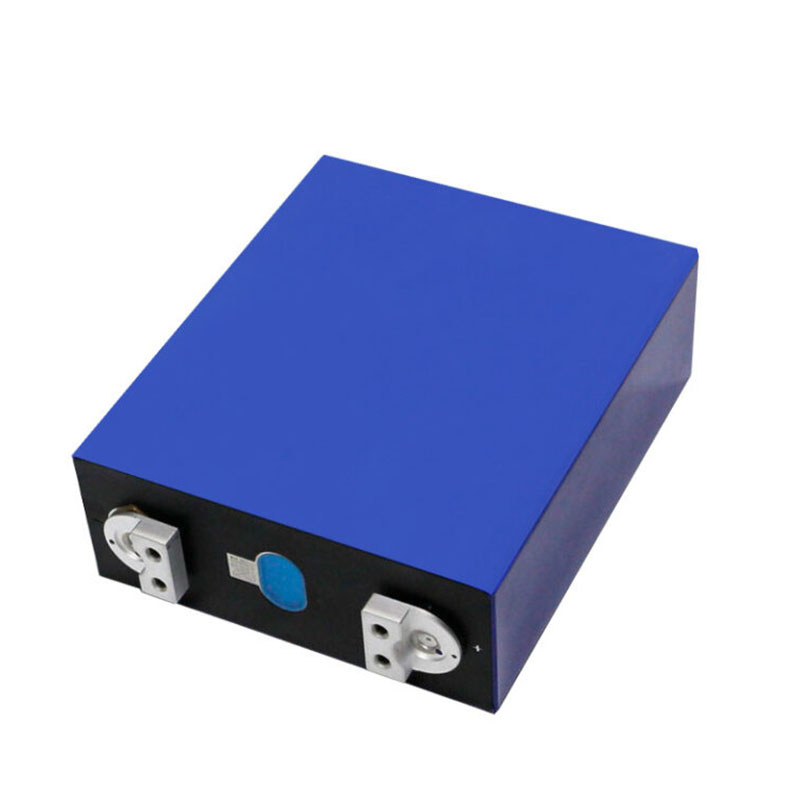
wholesale 3.2V 280Ah LiFePO4 lithium iron phosphate battery cells by Apsen Technology. Durable prismatic design with explosion-proof valve, ideal for EVs, solar storage, and industrial applications.

Buy wholesale 3.2V 80Ah LiFePO4 lithium iron phosphate battery cells by Apsen Technology. Safe, long-lasting prismatic cells ideal for electric vehicles, renewable energy storage, backup power, and industrial equipment.
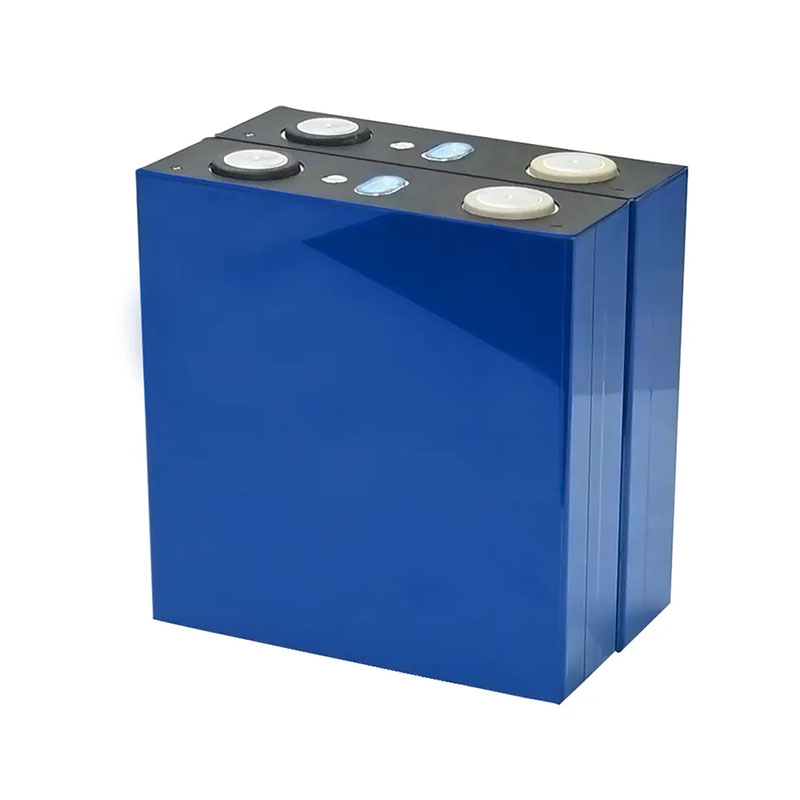
wholesale 3.2V 160Ah LiFePO4 battery cells by Apsen Technology. Durable, safe, and long-lasting lithium iron phosphate cells with low internal resistance, ideal for electric vehicles, solar energy storage, and home backup power systems.

Wholesale 10KWh Power Wall from Apsen Technology — a reliable, high-capacity 48V 200Ah lithium iron phosphate battery with over 6000 cycles. Perfect for home solar storage, communication base stations, and energy backup. Customizable, safe, and efficient.

Buy high-quality 5KWh Power Wall mounted solar batteries with 48V 100Ah capacity. Featuring Grade A lithium iron phosphate cells, BMS protection, and over 6000 cycles lifespan. Ideal for home photovoltaic energy storage and communication base stations. OEM & wholesale options available.
Discover how to choose, build, and maintain your 18650 e-bike battery pack. Practical tips, common mistakes, and hands-on advice for better e-bike performance.
View detailsA deep dive into choosing and using RC truck LiPo batteries, covering 2S to 3S, speed, runtime, safety, and maintenance to find your best battery solution.
View detailsDiscover the top 5 high-performance long-endurance industrial drone batteries in 2025. Explore capacity, discharge rates, and customization options for agriculture, inspection, mapping, and logistics drones.
View detailsLooking to buy 12V 18650 battery packs in bulk? Learn about specs, applications, BMS protection, certifications, and key factors when choosing a reliable supplier.
View details
HelloPlease log in